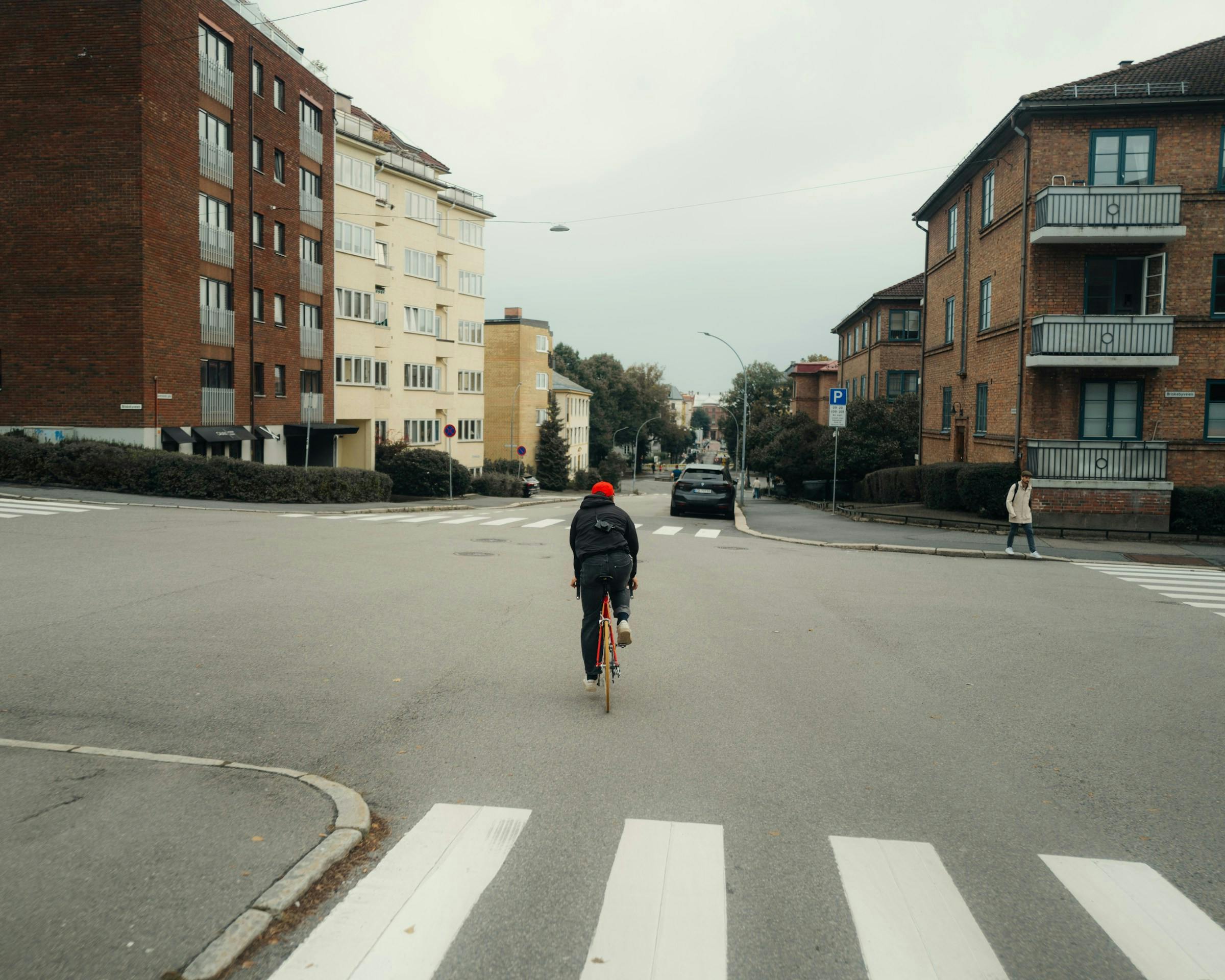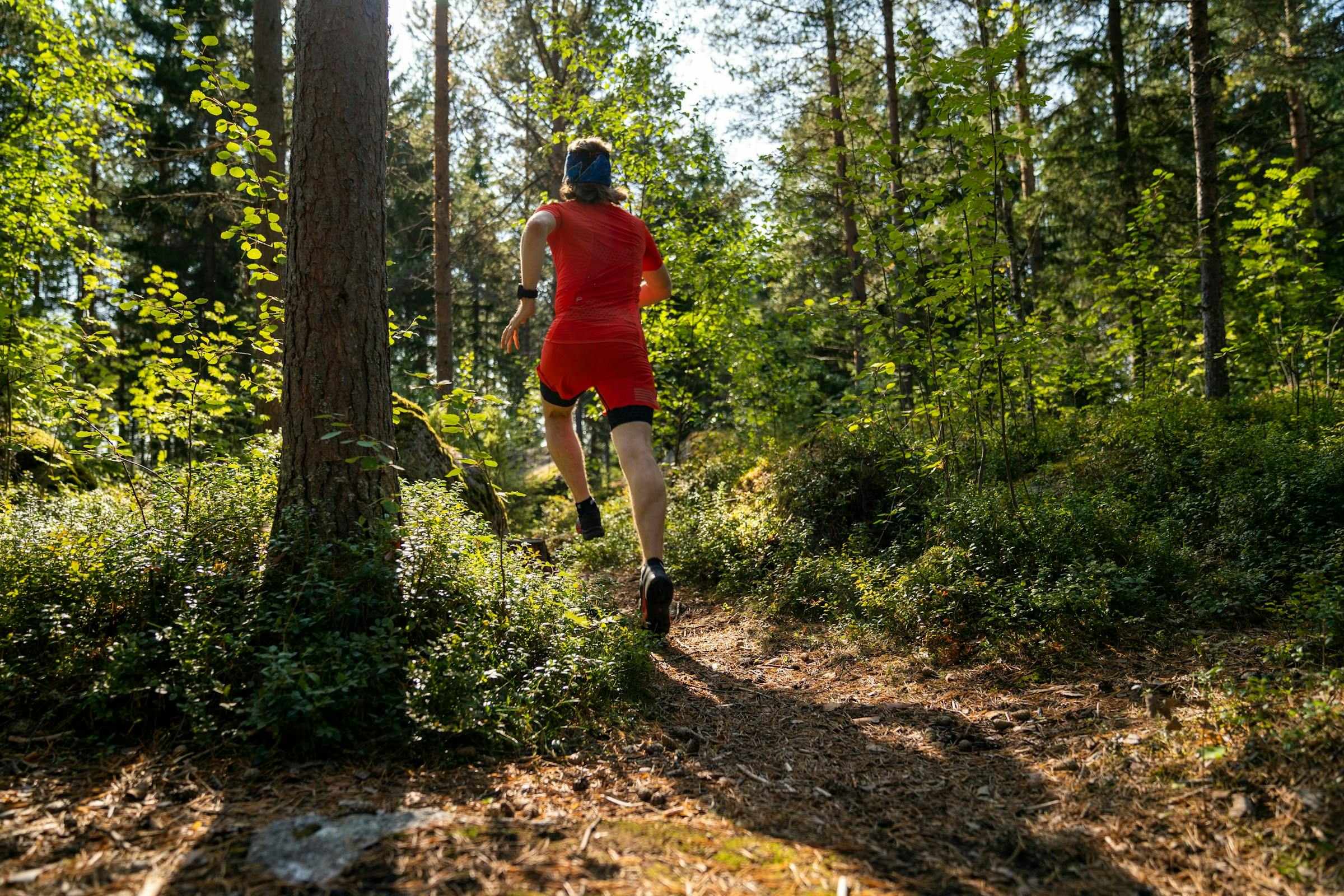Fasted Cardio: Benefits, Risks, and Does It Really Help With Weight Loss?
By Lilian E.
Reviewed by Dr. Daniel Uba, MD
Published Aug 21, 2025
9 min read

If you’ve ever woken up in the morning, skipped breakfast, and gone straight for a jog, you’ve technically done what’s known as fasted cardio. The idea is simple: when you exercise without eating, your body might burn more fat because it doesn’t have quick access to fuel from food. This concept has been around for decades but has gained massive popularity recently, especially among people trying to lose weight or improve their metabolic health.
But here’s the big question—does fasted cardio actually work? Is it better for burning fat, improving endurance, or boosting your overall health? Or is it just another fitness trend that sounds better in theory than it does in practice?
In this article, we’ll dive deep into what fasted cardio really is, how it works in the body, its benefits, risks, and whether it’s the right choice for you. By the end, you’ll have all the information you need to decide if it fits into your fitness or health routine.
What Is Fasted Cardio?
At its core, fasted cardio simply means performing cardiovascular exercise in a fasted state. A “fasted state” usually refers to the period after you’ve gone several hours without eating—often overnight. For most people, this means doing cardio first thing in the morning before breakfast.
The workout itself doesn’t need to be complicated. It could be a brisk walk, a light jog, cycling, swimming, or even a high-intensity interval session. What makes it “fasted” isn’t the type of exercise but the fact that your body hasn’t received fuel from food before starting.
This contrasts with “fed” cardio, where you eat something beforehand—like a banana, toast, or protein shake—to give your body energy for the workout.
The concept of fasted cardio has roots in bodybuilding and endurance sports. Many athletes believed that by exercising without food, they could force the body to tap into fat stores for energy, helping them get leaner. Over time, the practice moved from elite athletes into mainstream fitness culture, where it’s now often linked to weight loss strategies.
How Does Fasted Cardio Work in the Body?
To understand fasted cardio, you need to know how your body fuels itself. Normally, your body relies on glycogen—the stored form of carbohydrates—for quick energy. When you eat a meal, your body breaks down carbs into glucose, and any excess is stored in your muscles and liver as glycogen. During exercise, especially at higher intensities, glycogen is your body’s go-to fuel.
But when you’ve been fasting overnight, your glycogen stores are lower than usual. Without easy access to glucose, your body shifts toward burning more fat for energy. This is why many people believe fasted cardio is superior for fat loss.

However, it’s not that simple. While your body may burn a higher percentage of fat during a fasted workout, what matters most for long-term fat loss is the total energy balance—calories in versus calories out. If you burn fat in the morning but overeat later in the day, you won’t necessarily lose weight.
Another concern is muscle breakdown. In a fasted state, your body may also tap into amino acids from muscle tissue for energy, especially if your workout is long or intense. This means that while you’re burning fat, you could also risk losing lean muscle if you’re not careful.
Fasted Cardio Benefits (What Science Says)
So, is fasted cardio worth it? Let’s look at the benefits supported by research.
One of the most commonly cited benefits is increased fat oxidation. Studies show that when you work out in a fasted state, your body tends to burn a higher proportion of fat compared to carbohydrates. This can be helpful if your goal is to train your body to become more efficient at using fat as fuel, something athletes call metabolic flexibility.
Another potential benefit is improved insulin sensitivity. Exercising without eating first may help your body manage blood sugar more effectively, especially if combined with a healthy diet. Over time, this could reduce your risk of insulin resistance, a condition that can lead to type 2 diabetes.
There’s also the simple factor of convenience. Many people find it easier to work out before eating, especially in the morning. You don’t have to plan a pre-workout meal or worry about digestion—just wake up, hydrate, and move.
Some athletes and fitness enthusiasts also claim that fasted cardio can improve mental discipline. Training without food requires pushing through mild hunger and sometimes lower energy levels, which may build mental resilience.
Risks and Downsides of Fasted Cardio
For all its potential upsides, fasted cardio isn’t without drawbacks.
One of the biggest concerns is muscle loss. When glycogen is low, your body doesn’t just burn fat—it may also break down muscle protein for fuel. This is especially true during longer or more intense workouts. For people aiming to build or preserve muscle, this is a real downside.
Another issue is reduced workout performance. Without carbohydrates in your system, you may find it harder to push yourself. High-intensity workouts like sprints, heavy cycling, or HIIT rely heavily on glycogen. Doing these fasted could make them feel harder and reduce your overall performance.
Some people also report feeling dizzy, lightheaded, or fatigued during fasted workouts. This can increase the risk of accidents, especially if you’re running outdoors, cycling in traffic, or lifting weights.
And finally, fasted cardio isn’t for everyone. People with diabetes, low blood pressure, or a history of hypoglycemia should avoid it unless cleared by a healthcare professional.
Fasted Cardio for Weight Loss: Does It Really Work?
Now, let’s address the million-dollar question: does fasted cardio actually help you lose more weight?
The short answer is—not necessarily.
Yes, you burn a higher percentage of fat during a fasted workout. But what really matters is your total daily calorie balance. Multiple studies comparing fed and fasted cardio have found little to no difference in long-term fat loss when calories are controlled.
For example, if you burn 400 calories running fasted but then eat an extra snack later because you’re hungrier, you may cancel out the deficit. On the other hand, if fed cardio helps you perform better and burn more calories overall, it might actually be more effective for weight loss.
Where fasted cardio may have an edge is in helping some people stick to a routine. If working out before breakfast fits your schedule and feels sustainable, it can make it easier to stay consistent—which is ultimately the biggest factor in weight loss success.
Fasted Cardio vs Fed Cardio: Which Is Better?

The truth is that neither approach is universally “better.” It depends on your goals, body type, and preferences.
Fasted cardio may be better for:
- People who want to train their body to burn fat more efficiently.
- Those who prefer morning workouts without eating.
- Individuals doing low to moderate-intensity exercise, like walking or light jogging.
Fed cardio may be better for:
- Athletes or people doing high-intensity training.
- Anyone focused on building strength and muscle.
- Those who feel weak, dizzy, or unmotivated without food.
The key takeaway: both methods can work. The best one is the one you can stick with consistently.
RELATED READ: Fasting for Four Days? A Science-Backed Guide to the 4-Day Fast Experience
Who Should and Shouldn’t Do Fasted Cardio?
Fasted cardio can be safe and effective for many people, but it’s not a one-size-fits-all strategy.
You might benefit from it if you enjoy exercising on an empty stomach, are focused on general fat loss, or want to pair it with intermittent fasting.
But you should be cautious if you’re pregnant, have diabetes, deal with low blood sugar, or struggle with low energy in the mornings. In these cases, it’s safer to eat something light before exercising.
How to Do Fasted Cardio Safely (If You Try It)
If you’re curious about fasted cardio and want to give it a try, there are some guidelines to make it safe and effective.
Start with low to moderate-intensity workouts. A brisk walk, easy jog, or light cycling session is a good place to begin. Save the high-intensity workouts for when you’re properly fueled.
Always hydrate before your session. Water is essential, and black coffee or unsweetened tea can also be helpful since caffeine may improve fat burning and workout performance without breaking the fast.
Keep your sessions relatively short—30 to 60 minutes is ideal. Pushing beyond that can increase the risk of muscle breakdown and fatigue.
And don’t forget recovery. After your workout, refuel with a balanced meal containing protein and healthy carbs to support muscle repair and replenish glycogen stores.
Fasted Cardio and Intermittent Fasting
Fasted cardio often goes hand-in-hand with intermittent fasting. Many people who follow time-restricted eating schedules, like the 16:8 method, prefer to exercise in the morning before their eating window begins.
There’s logic to this. Combining intermittent fasting with fasted cardio may enhance fat oxidation and metabolic benefits. But it also increases the risk of under-fueling if you’re not careful. If you’re fasting for long periods, it’s even more important to prioritize nutrition during your eating window to avoid muscle loss and fatigue.
Final Verdict: Should You Be Doing Fasted Cardio?
So, should you jump on the fasted cardio bandwagon?
The answer depends on your goals and how your body responds. If your main objective is weight loss, fasted cardio can be a helpful tool—but it’s not magic. What truly matters is maintaining a calorie deficit and sticking to a workout routine you can sustain long-term.
If you’re focused on athletic performance, muscle building, or high-intensity training, fed cardio may be a better option. And if you simply prefer working out after eating, there’s no reason to force yourself into fasted cardio just because it’s trendy.
At the end of the day, the “best” type of cardio is the one that keeps you moving consistently, feels good for your body, and aligns with your lifestyle.
FAQs
1. Is fasted cardio better for burning belly fat?
Not specifically. You may burn more fat during the workout, but you can’t target belly fat. Overall fat loss comes from consistent calorie deficits.
2. How long should a fasted cardio session be?
Generally, 30–60 minutes is safe and effective. Longer sessions may increase the risk of muscle loss.
3. Can I drink coffee before fasted cardio?
Yes, black coffee is fine and may even improve performance and fat burning. Just avoid adding sugar or milk if you want to stay in a fasted state.
4. Is fasted cardio bad for muscle growth?
It can be if overdone, since your body may use muscle protein for energy. Eating enough protein after workouts can help protect muscle mass.
5. Should beginners try fasted cardio?
Yes, but start slow. Light walking or jogging is safer than jumping straight into intense workouts.
6. What should I eat after fasted cardio?
A balanced meal with protein (like eggs, yogurt, or chicken) and healthy carbs (like fruit, oats, or whole grains) is ideal.
7. Can fasted cardio improve endurance?
It may improve fat adaptation, which could help endurance athletes in certain situations. But for peak performance, fueling before workouts is usually better.
Share this article

Tips for Staying Healthy: 12 Simple Habits for Energy, Longevity, and Better Living
Editorial Team
Sep 30, 202510 min read

Is Eating Before Bed Bad? What Science Really Says About Late-Night Snacking
Editorial Team
Sep 25, 202512 min read

Low Sodium Diet: Simple Guidelines, Food Lists, and Tips for Better Health
Lilian E.
Sep 30, 202512 min read

Best-in-class care is a click away
Find everything and everyone you need to reach your metabolic health goals, in one place. It all makes sense with Meto.
Join Meto